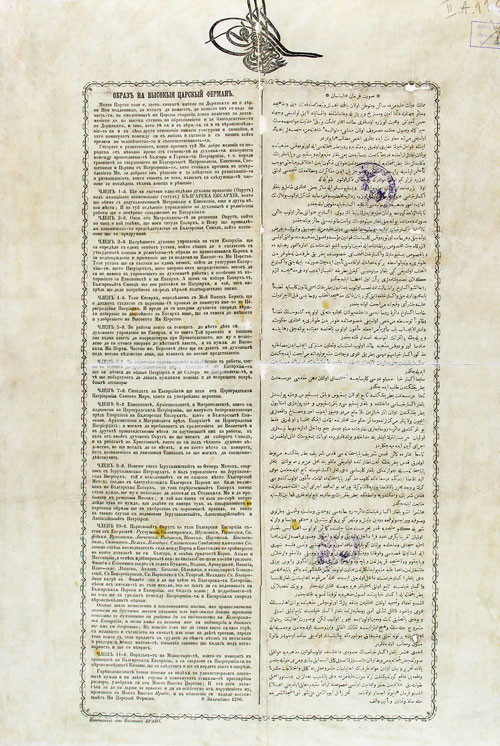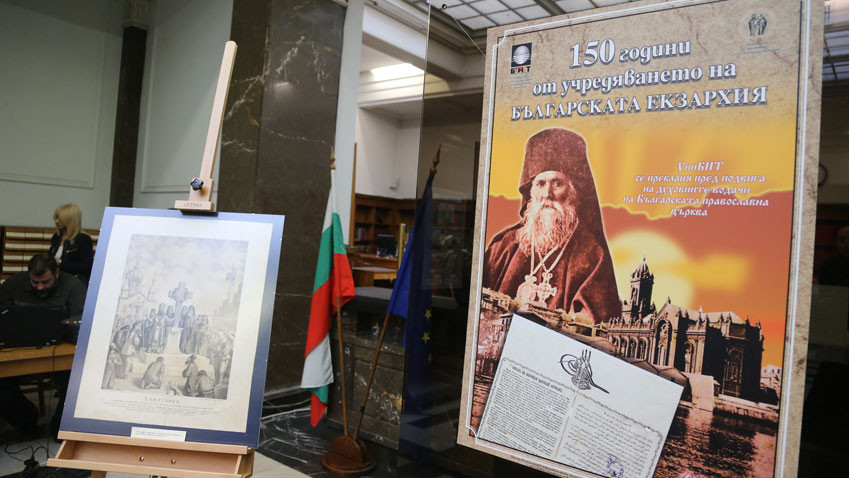On February 28, 1870, the Grand Vizier of the Ottoman Empire Ali Pasha recognized the right of Bulgarians to have an independent church separate from the Patriarchate of Constantinople. After a decade of struggles for Bulgarian ecclesiastical independence, Sultan Abdulaziz issued a ferman (a decree) establishing an independent Bulgarian Exarchate within the Patriarchate of Constantinople. The document, embodying the hopes of the Bulgarian Orthodox clergy and believers, was shown to the Bulgarian community in the imperial capital on March 1 from the pulpit of the church of St. Stephen.
 “The decree is connected with the establishment of the first officially recognized Bulgarian institution after nearly 500 years of no Bulgarian statehood and many years of national struggle,” head of the National Library Assoc. Prof. Krassimira Alexandrova told the Bulgarian National Radio. The sultan’s ferman and the Exarchate’s rules established at the national council convened in Constantinople in the following 1871, led to the official recognition of the Bulgarian Exarchate as the representative of the Bulgarian people in the Ottoman Empire."
“The decree is connected with the establishment of the first officially recognized Bulgarian institution after nearly 500 years of no Bulgarian statehood and many years of national struggle,” head of the National Library Assoc. Prof. Krassimira Alexandrova told the Bulgarian National Radio. The sultan’s ferman and the Exarchate’s rules established at the national council convened in Constantinople in the following 1871, led to the official recognition of the Bulgarian Exarchate as the representative of the Bulgarian people in the Ottoman Empire."
The sultan’s ferman written in two languages has an important place among the original documents presented at the National Library "St. Cyril and Methodius in Sofia” on the occasion of the 150th anniversary since founding of the Bulgarian Exarchate.
Among the rich exhibits from the library's collection, the exhibition also features another unique document – the Sultan’s berat (type of official document), related to the appointment of Exarch Antim I.
"The document bears the date April 12, 1872. It impresses with its exquisite calligraphy and size – 1.50 meters by 75 centimeters.

It is extremely well preserved to this day,” says Assoc. Prof. Alexandrova, adding: “The difference between the ferman and the berate is that the ferman determines the creation of the Exarchate, and the berate - the appointment of the first Exarch.
It is our duty to awaken the memories of those great Bulgarian figures who managed with patriotism, courage, and their own personal means to create the Exarchate. At the National Library, we jealously guard these documents and strive to make them available to the public on various occasions. The more purposefully we do so, the more we might expect results related to national self-esteem, national pride, and knowledge of our history."
The exhibition also includes a map of Bulgaria, outlining the borders of the Bulgarian regions, approved by the Sultan's ferman from February 19, 1870.

The exhibition, dedicated to the anniversary of the founding of the Bulgarian Exarchate, can be seen until mid-March.
Editor: Elena Karkalanova /based on Interview with BNR Horizon Program/
English: Alexander Markov
Photos: BGNES, BTA and archiveThe Thracian sanctuary Begliktash, which is some 5 kilometres from Primorsko, is one of the intriguing sites in the area. There are many preserved dolmens in the area connected with the funeral rites of the Thracian tribes. As a matter of fact, these..
For the second time this year, the icon of the Blessed Virgin Mary - Golden Apple, considered miraculous for Orthodox Christians, will be exposed for worship in the town of Haskovo in Southern Bulgaria. This is announced by the Holy Metropolis of..
Two churches named after St. Nicholas stand in a courtyard in the village of Vladimirovo near the town of Montana , Northwestern Bulgaria. One is an Orthodox church and the other is a half-ruined Catholic church. The Catholic church was..

+359 2 9336 661
